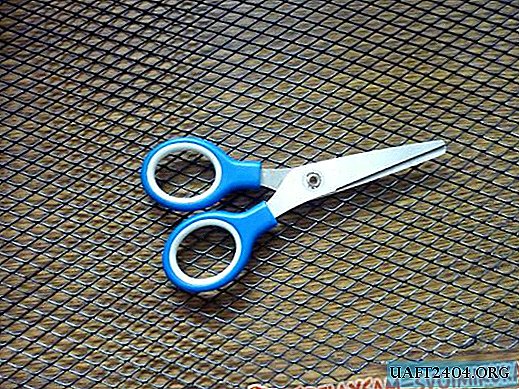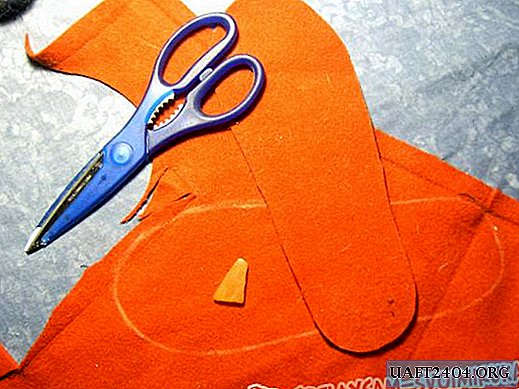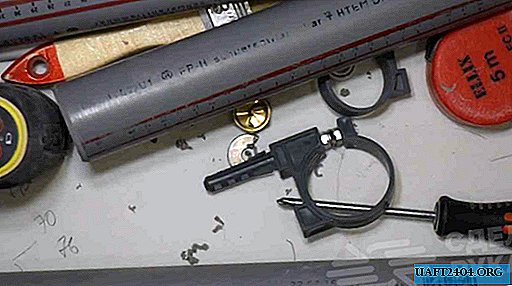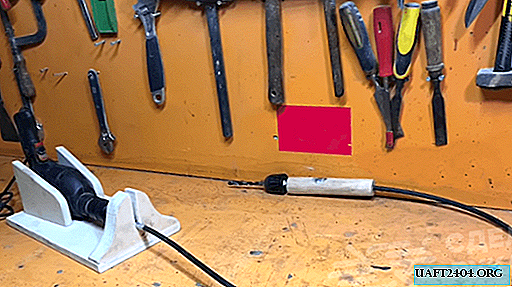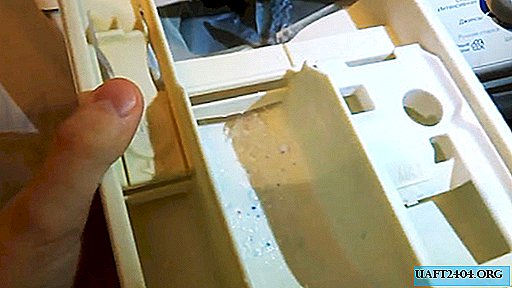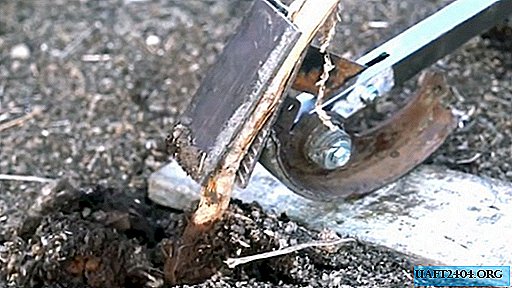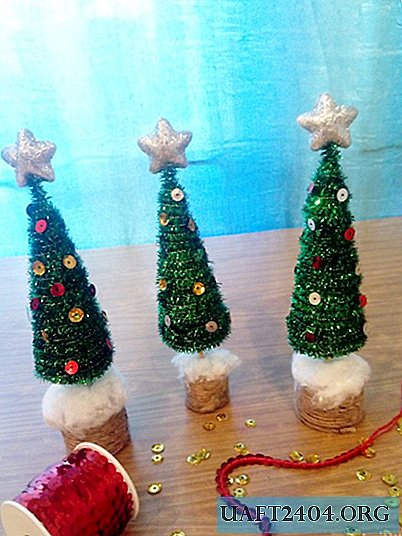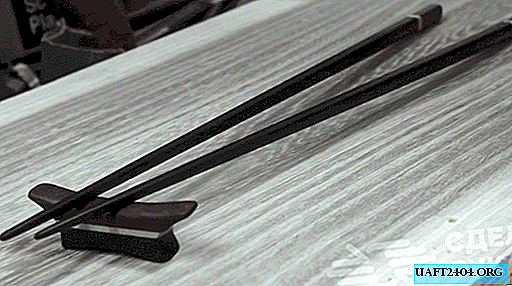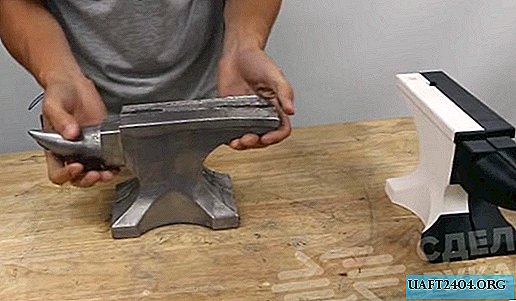
The anvil can be used not only for blacksmithing in a home workshop or garage - if desired, it can be installed at home, only as a decorative element in the interior. Of course, the dimensions of such a "toy" anvil will be smaller, and the material for its manufacture can be used more affordable - for example, lead.
The main stages of work

The first thing you need to do from the boards is to put together two formwork, in which the lead anvil will be cast. You also need to make an anvil model (plastic). We install the first box on a flat surface, inside we put the half of the model, after which we fill it with molding sand and tamper.

Then we beat the plywood to the top of the box, gently turn it over, sprinkle with talcum powder on the model, and with the help of three pieces of double-sided tape add the second half of the anvil model. Next, put on top of the second "tier" of formwork and fill it with molding sand.

We disassemble the formwork, take out the halves of the model, make a hole for the gate and control holes, after which we collect everything again. On the sides of the box are fixed with clamps. By the way, a decorative anvil can be made entirely of foam - see here.

At the next stage, we melt the lead in the furnace and pour it into the prepared form. We disassemble the formwork and remove the lead anvil. To give it an aesthetic appearance, you need to work a little with a file or grinder. The detailed process of casting a blacksmith anvil from lead can be seen in this video.

